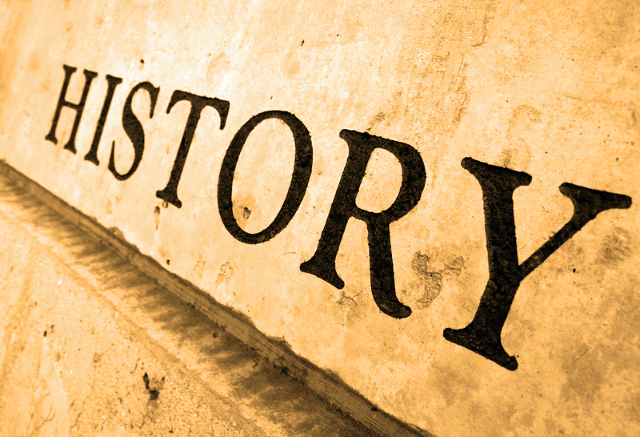News
-

How to choose concentric flanged butterfly valve?
How to choose flanged concentric butterfly valve? Flanged butterfly valves are mainly used in industrial production pipelines. Its main function is to cut off the flow of medium in the pipeline, or to adjust the flow of medium in the pipeline. Flanged butterfly valves are widely used in productio...Read more -

A factory in the United States purchased TWS soft seal butterfly valve
A factory in the United States purchased TWS Valve Factory Double flange concentric butterfly valve Case brief Project Name: A factory in the United States purchased double flange butterfly valve from Tianjin Tanggu Water-seal Valve Co., Ltd Customer name: A factory in the Un...Read more -

Why do gate valves require upper sealing devices?
When the valve is fully open, a sealing device that prevents the medium from leaking to the stuffing box is called the upper sealing device. When the gate valve, globe valve and throttle valve are in the closed state, because the medium flow direction of the globe valve and the throttle valve flo...Read more -

The difference between globe valve and gate valve, how to choose?
Let’s introduce what is the difference between a globe valve and a gate valve. 01 Structure When the installation space is limited, pay attention to the selection: The gate valve can rely on the medium pressure to tightly close the sealing surface, so as to achieve the ...Read more -

Gate valve encyclopedia and common troubleshooting
Gate valve is a relatively common general-purpose valve with a wide range of uses. It is mainly used in water conservancy, metallurgy and other industries. Its wide range of performance has been recognized by the market. In addition to the study of the gate valve, it also made a more serious and ...Read more -

Learn from Emerson’s history of butterfly valves
Butterfly valves provide an efficient method of closing fluids on and off, and are the successor to traditional gate valve technology, which is heavy, difficult to install, and does not provide the tight shut-off performance needed to prevent leakage and increase productivity. The earliest use of...Read more -

Gate valve knowledge and troubleshooting
The gate valve is a relatively common general valve with a wide range of uses. It is mainly used in water conservancy, metallurgy and other industries. Its extensive use performance has been recognized by the market. In many years of quality and technical supervision and testing, the author has n...Read more -

How to repair the damaged valve stem?
① Use a file to remove the burr on the strained part of the valve stem; for the shallower part of the strain, use a flat shovel to process it to a depth of about 1mm, and then use an emery cloth or an angle grinder to roughen it, and a new metal surface will appear at this time . ②Clean th...Read more -

How to choose the sealing material correctly
What are some important factors to consider when selecting the correct seal material for an application? Great price and qualified colors Availability of seals All influencing factors in the sealing system: e.g. temperature range, fluid and pressure These are all important factors to consi...Read more -

Sluice Valve Vs. Gate Valve
Valves are very important components in utility systems. A gate valve, as the name suggests, is a type of valve that is used to control the flow of a liquid using a gate or plate. This type of valve is mainly used to completely stop or start the flow and is not used to regulate the amount of flow...Read more -

Global Butterfly Valve Market Rapidly Growing, Expected to Continue Expanding
According to the latest research report, the global butterfly valve market is rapidly growing and is expected to continue expanding in the future. It is projected that the market will reach $8 billion by 2025, representing a growth of about 20% from the market size in 2019. Butterfly valves are f...Read more -

Common faults and cause analysis of water treatment valves
After the valve has been running in the pipeline network for a period of time, various failures will occur. The number of reasons for the failure of the valve is related to the number of parts that make up the valve. If there are more parts, there will be more common failures; Installation, worki...Read more




